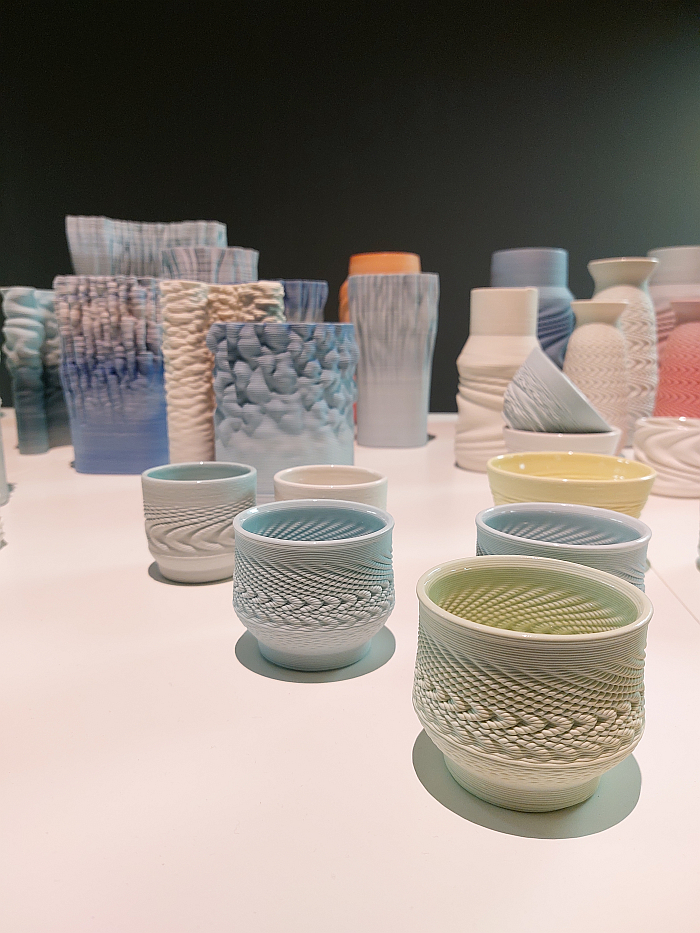
For all that a Wilhelm Wagenfeld is popularly known as one of the more craft orientated designers of the early 20th century, he was no adherent to 'tradition' as understood as doing that which has always been done, and was no adherent of, no fan of, craft as an unchanging practice, railing against those who practised craft as such as participants in a "Maskentanz", a Masked Ball, a masquerade, and admonishing that contemporary craft practitioners look more closely at their predecessors: "they created contemporary works", he opined in 1934, "they worked in their time for their time. That was their tradition. The world in which they lived was their guide and not the museum". "Create the craft of our age" he demanded of his contemporaries. An age in which, for Wagenfeld, not only did craft have a "place alongside machine work", but one in which "machines and craft are placed side by side and intertwined", alone the leaders of the contemporary economic system painted a different picture, painted a picture of a deadly conflict between craft and machine, and that because they "want to make us all slaves, us and our machines and our craft".1
Which is a very long way of saying, as regular readers will in any case be more than aware, we are very keen on the principle and practice of 3D printed ceramics, very much understand the 3D printing of ceramics, and similar materials, as a meaningful, and necessary, development not only in the craft of the ceramicist, but in the production and supply of our objects of daily use.
A necessity and a meaningfulness, and also a contemporary need for a questioning of what the 3D printing of ceramics means, what is possible, what is advisable, where are the pitfalls, what novel objects and solutions does it allow, what novel formal expressions and relationships, etc, etc, etc, that can be understood, and discoursed with, in the varied and various objects presented at the 2023 Grassimesse by Berlin based designer Babette Wiezorek. Works that for all they exist as actual objects that can be used on a daily basis, also embody that important questioning of what 3D printing is, are objects seeking answers as much as being propositions, explanations, analyses. And objects which in their mix of the functional and the decorative, of the artistic and the utilitarian, help not only elucidate the opinion articulated by the Museum Angewandte Kunst Frankfurt's curator Eva Linhart in context of the exhibition Craft is Cactus. The Collection from 1945 to Today, that craft "is a discipline that today is diffusely located between the purposelessness of fine arts on the one hand and the functional demands of design on the other", but also allows for reflections on the question raised a few metres away from Babette's stand by the project New Sources by Matthias Gschwendtner, on show in the Pfeilerhalle, as to whether a Walter Gropius's focus on unifying art with first craft and then technology wasn't misguided and if he shouldn't instead have sought to unify craft and technology and ignored art. Which of course brings us back to a Wilhelm Wagenfeld who understood craft and technology as a unity. And two intertwined entities that we needed to protect from enslavement by economic interests with their dishonest invented traditions.
And objects which also allow for reflections on the borders between design and craft. Whereby we'd very much argue Babette's work is craft, and that not least because its starting point is, in our interpretation and reading of the objects on show at the Grassimesse, the material; and certainly the development of the projects involves, is dependent on, a deep understanding of the material, its properties and which boundaries can be pushed when and where. Something that can also be understood in the Modul series by glassmaker Cornelius Réer on show in the floor above Babette's ceramics and which are based on an understanding of how molten glass behaves in a variety of environments. An innate understanding of, and staring from the material, which for us, is one of those things separate craft from the more problem solving focus of design. Where Cornelius's work was also about solving the problem of rising fuel costs.
And is also, for us, craft, because the development of the projects and realisation of the objects involves, is dependent upon, an innate understanding of and relationship with tools, tools that need to be able to unconsciously, and in close cooperation, translate your thoughts into objects. Which, arguably, isn't necessarily what design is, design, we'd argue, being more focussed on processes than the tools of the process. Craft however is more tool based. Ceramicists tools that while in the past may have been wheels, hooks, trimmers, sponges, cutters, scrapers at al, today are, or can be, not just the nozzles and heated beds of 3D printers, but also modelling and splicing software: much as owning a loom isn't the same as being able to weave your own textiles, so owning a 3D printer isn't the same as being able to 3D print, or at least not being able to 3D print your own works, the internet is full of Star Wars devotionals, Pokémon accessories and M&M containers for you to print. But if you want to print something truly useful, you're going to have to design it yourself. And that's a real skill ever bit as much as modelling on a spinning wheel is. And needs to be recognised as such. Which is another thing Babette Wiezorek's work and research very satisfyingly does.
As it also helps elucidate one of the, for us, more important aspects of 3D printing: it's a decentralised production process, anyone with access to a machine can create anything, anytime, and thus, for us, one of the more fascinating futures is where the likes of Babette create objects as 3D files, which we can all download at home, yes for a fee the creative must be able to live from their work, and then print out the ceramic, or plastic, or wood, or metal, objects we need, when we need them. Which, yes, brings us all back to an Enzo Mari's understanding of "concrete needs", his position that "the real need for a manufactured object correspond[s] to the moment of its production" 2, not a random moment in time and space when a company produce something and then store it until somebody, at some undefined point in the future, buys it, because they saw it on Instagram. A market led system which for a Mari destroys our relationships with our objects of daily use and dangerously skews our appreciations of the world around us. 3D printing not only allows us to redefine our relationship with our objects of daily use, but to escape the cycles of consumerism that as we all know but tend to ignore are one of the reasons for our contemporary climate emergency.
Thoughts which take us those initiated a few meters away from Babette's stand by Andreas Möller's Flying8 loom of a reality in which every house has a 3D printer and a loom. And a garden. Is essentially self-sufficient. A world in which a William Morris would be very much at home. As, one suspects, would a Wilhelm Wagenfeld and that not least because it would put us all outwith the influence of the leaders of the contemporary economic system and thereby prevent them from enslaving "us and our machines and our craft".
So we've now mentioned Morris, Mari and Wagenfled, and thus completed a hat-trick of cantankerous, disputatious individuals. If voices we can all still learn a lot from today as we feel our way forward.
As we can from the work, and the research, of a Babette Wiezorek. Work, research that you can actually use while questioning it.
Further information on Babette Wiezorek, her work and research can be found at https://additiveaddicted.de/
And for all in or near Leipzig Babette Wiezorek, her work and research, can be experienced at the Grassimesse, at the GRASSI Museum für Angewandte Kunst, Johannisplatz 5-11, 04103 Leipzig until Sunday 22nd October.
Full details of the 2023 Grassimesse, including opening hours and ticket prices, can be found at www.grassimesse.de
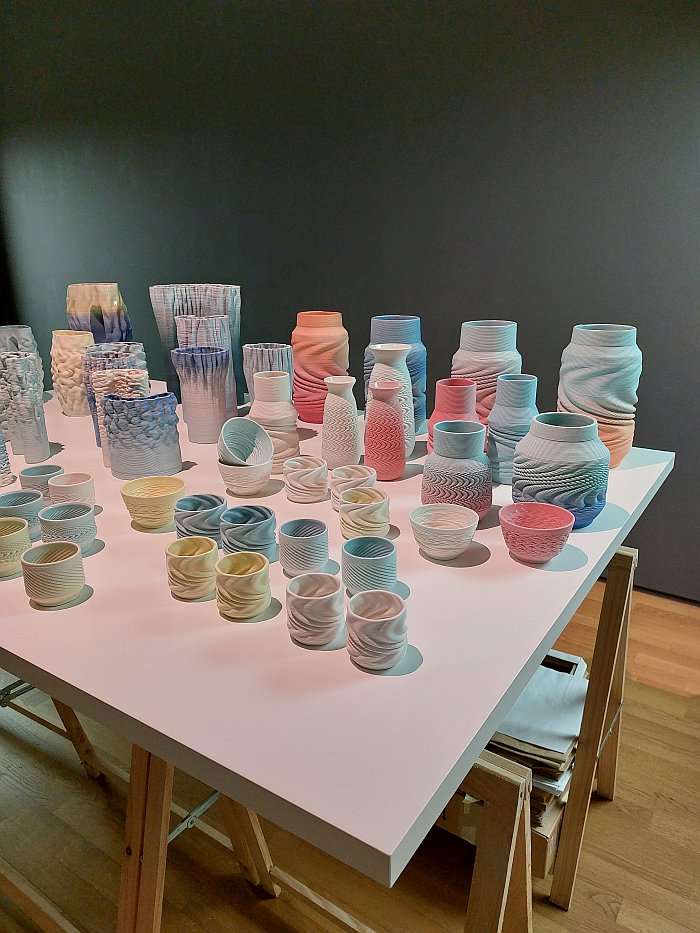
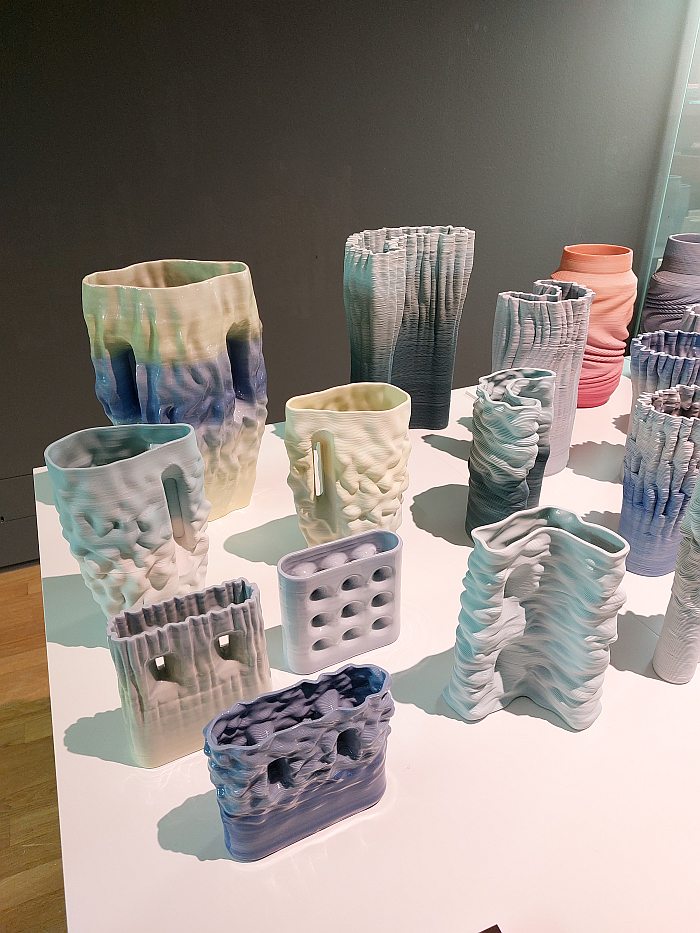
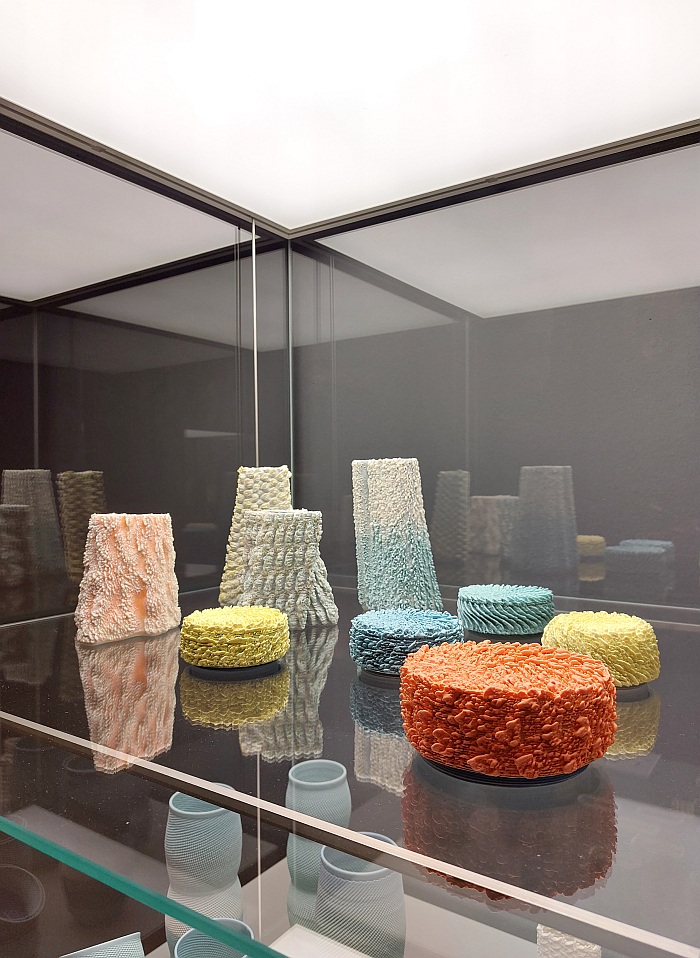
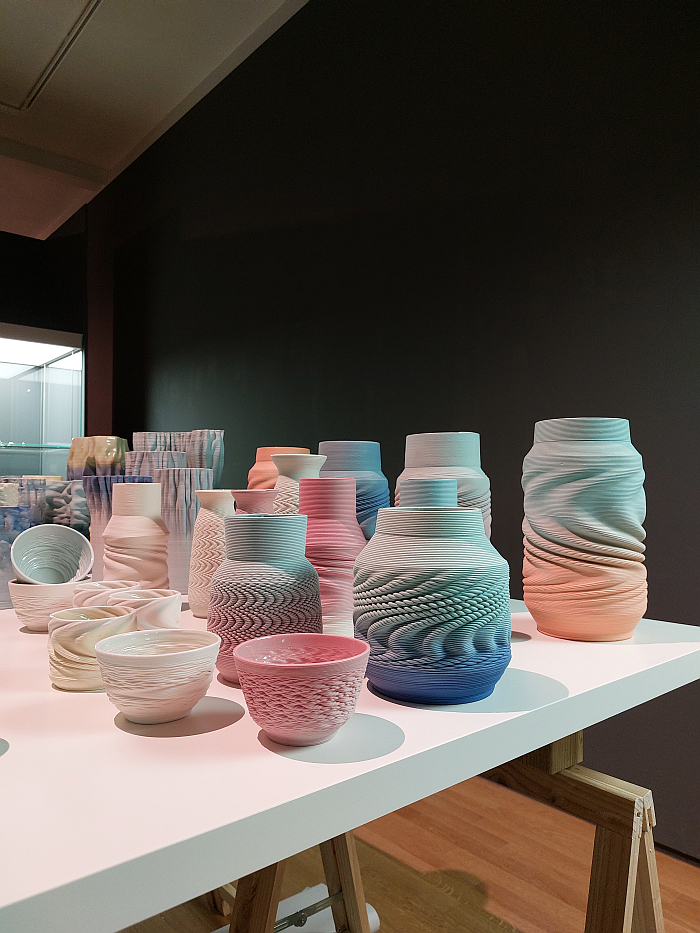
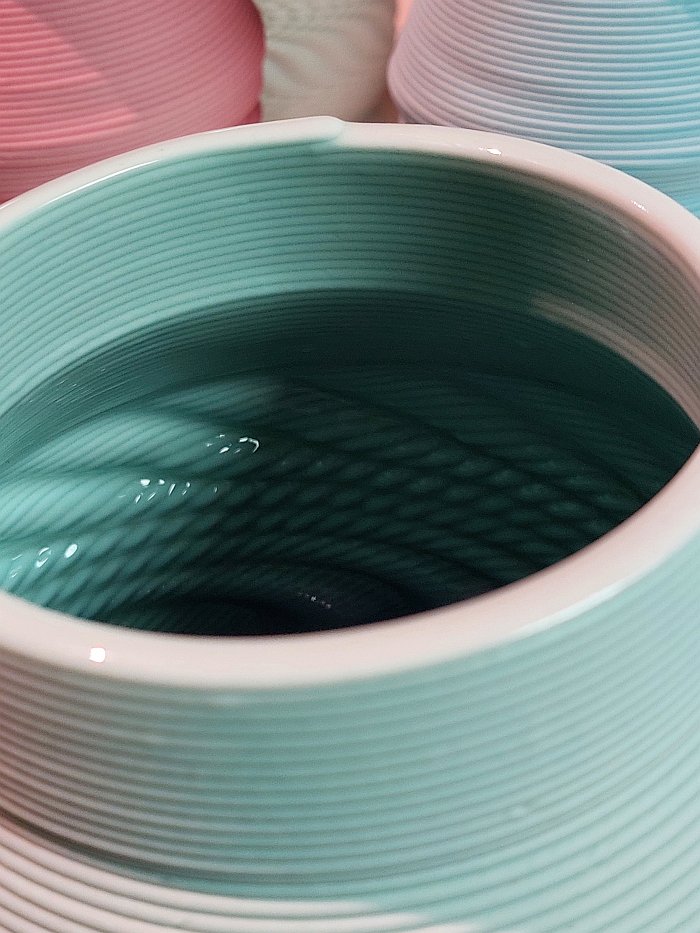
1Wilhelm Wagenfeld, Qualität und Wirtschaft, Die Form. Zeitschrift für Gestaltende Arbeit, Vol 9, Nr. 1 January 1934 pages 1 - 4 Available at https://digi.ub.uni-heidelberg.de/diglit/form1934/0007/ (Accessed 22.10.2023)
2see Hans Ulrich Obrist, The Conversation Series 15: Enzo Mari, Verlag der Buchhandlung Walther König, Cologne, 2008